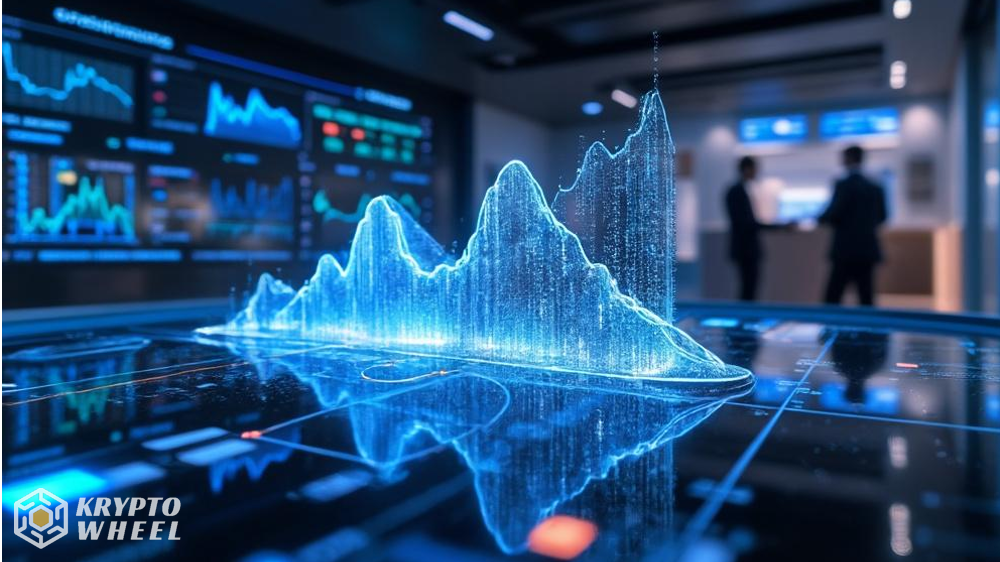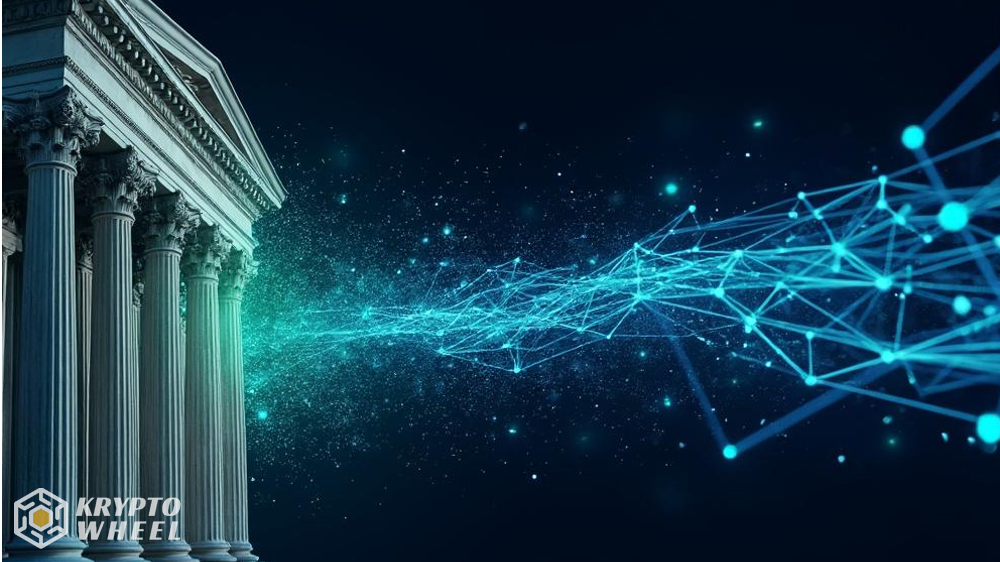The shift from pricing assets to pricing outcomes
I’ve been thinking about how markets have evolved over time. For centuries, we’ve been trading physical things – commodities, stocks, bonds. But now something different is happening. Prediction markets are creating a way to trade probability itself. Whether it’s election results, economic indicators, or even sports outcomes, these markets let people put a price on what might happen.
What strikes me as particularly interesting is how this transforms speculation into something more meaningful. Instead of just guessing, participants are actually helping discover information through their trading activity. The collective wisdom of the market reveals what people genuinely believe about future events, not just what they say they believe.
Blockchain makes probability trading possible
It’s worth noting that this wouldn’t really work without blockchain technology. Smart contracts handle the settlements automatically, oracles verify when events actually occur, and liquidity pools keep everything moving smoothly. The technical infrastructure removes the need for trusted intermediaries, which has always been a barrier for this kind of market.
When the CFTC gave Polymarket the green light recently, it felt like a turning point. Regulatory acceptance, even in limited form, suggests that these markets might have staying power. And when ICE reportedly considered a $2 billion investment, that signaled something important about institutional interest.
Truth becomes valuable in an age of misinformation
In a world where we’re constantly bombarded with conflicting information and AI-generated content, accurate predictions become surprisingly valuable. Prediction markets create financial incentives for being right – you make money when you’re accurate and lose when you’re wrong. This alignment between financial gain and truth-seeking creates what some call a “truth machine.”
I think this could have applications beyond just financial speculation. DAOs might use prediction market data for governance decisions. DeFi protocols could incorporate probability data into their risk models. The information generated by these markets becomes a kind of asset in its own right.
Mainstream adoption accelerates
The recent moves by companies like DraftKings acquiring prediction market startups, and sports leagues signing licensing deals, show how quickly this concept is moving into the mainstream. When millions of sports fans start thinking about odds as market prices rather than just gambling numbers, it changes the cultural understanding of probability.
This cultural shift matters because it makes institutional adoption easier. When people are already familiar with the basic concepts, the learning curve for more sophisticated financial applications becomes much less steep.
A new layer for financial markets
For investors and institutions, prediction markets create an entirely new way to manage risk and express views. Instead of buying a company’s stock to show confidence in its future, you can directly trade contracts based on specific outcomes. The efficiency gains are substantial – fewer middlemen, faster price discovery, and clearer alignment between beliefs and financial outcomes.
Some might dismiss this as too speculative or niche, but I remember similar skepticism about crypto derivatives and decentralized exchanges in their early days. Once the pieces fall into place – liquidity, regulation, and user understanding – these things tend to grow faster than anyone expects.
What we’re seeing is the beginning of probability becoming a liquid, tradable asset class. It’s not about what we own anymore, but about what we believe will happen. And in an increasingly uncertain world, that belief might just become one of the most valuable things we can trade.









